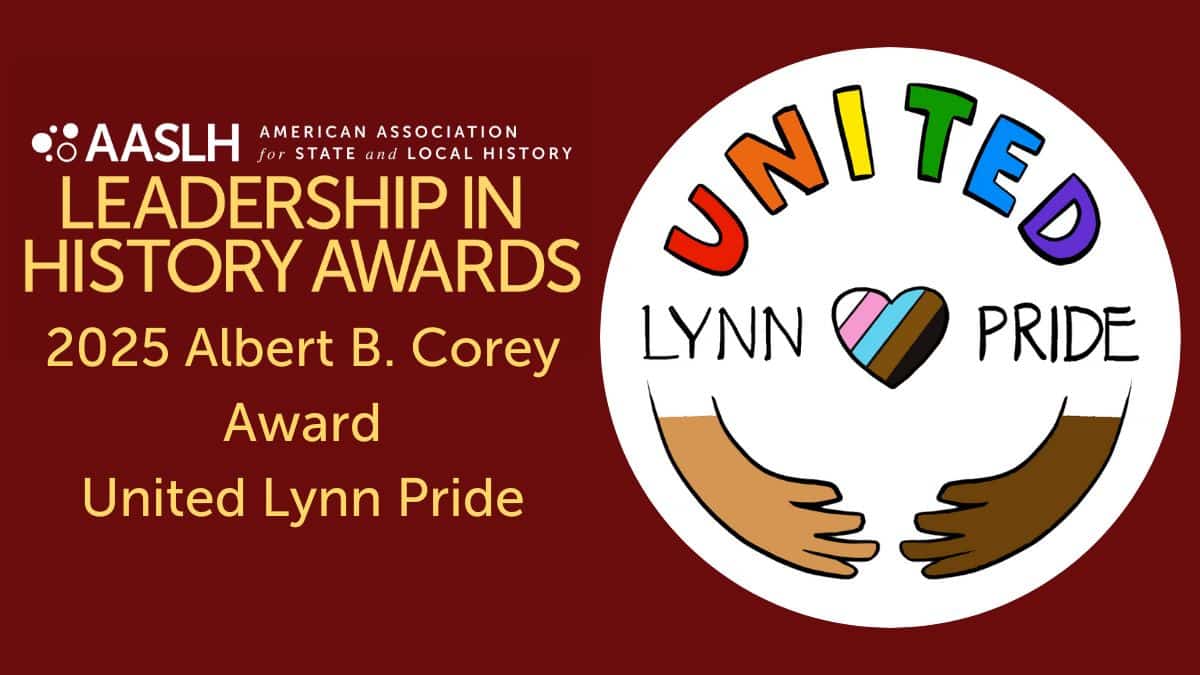The suburban development of the Three Village area in the 1960s converted the residential area known as Chicken Hill into a nondescript collection of small businesses, but in the early twentieth-century, this space was a thriving polyglot community of working-class families. Chicken Hill: A Community Lost to Time preserves the traces of this world and interprets this story for current residents and descendants.
By 1898, more than five hundred people (mostly recent Jewish immigrants from Eastern Europe) were employed at the Setauket Rubber Company. They lived on Chicken Hill, a company town surrounded and isolated by a white Anglo-Saxon Protestant farm community. Poor management and at least ten bankruptcies coupled with fires, poor quality merchandise, and the formation of the Rubber Trust reduced production and jobs to a trickle by the time of World War I. The Jewish factory workers, with the exception of the merchants, left for other employment. They were replaced by new minorities as well as Native and African American poor. By 1930 the community was a cohesive and isolated polyglot village, both ethnically and culturally. The population of the area included Russians, Poles, Lithuanians, Romanians, Irish, Italians, Native Americans, and African Americans. The primary religions were Roman Catholic, Polish Catholic, African Methodist Episcopal, and Judaism. In the twentieth century, by providing unskilled and semi-skilled labor, the people that lived on Chicken Hill were small but essential cogs in the machinery of the surrounding, largely, white Anglo-Saxon Protestant community. The name “Chicken Hill” was a pejorative name applied to this minority community because it seemed that everybody in the area was raising chickens to supplement their income.
Chicken Hill highlights and educates the public about a community that is largely forgotten or unknown today. This exhibit is an effort to preserve the community memory and to establish Chicken Hill’s place in the evolution of the Three Village area. Documents, photographs, personal memorabilia, and oral histories engaged former residents with the exhibit and illustrate the rich heritage of this melting pot village. As the exhibit itself states: “The small working class enclave of Chicken Hill is typical of many such neighborhoods throughout the United States. These communities arose, functioned, and disappeared for all kinds of local reasons but their legacies persist in the fabric of the communities that followed.”
Recipient
Three Village Historical Society
Setauket, NY
Award Details
2015 Award of Merit
Online Details
Contact Details
Three Village Historical Society
93 North Country Road
Setauket, NY 11733



